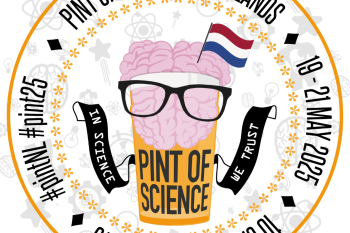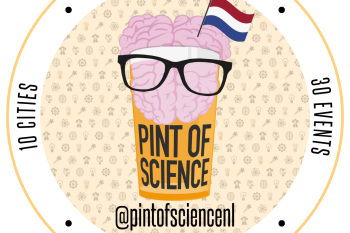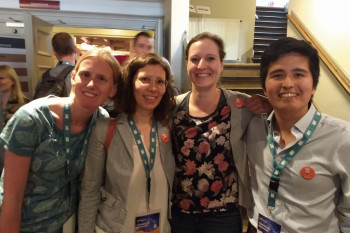© Pint of Science, 2025. All rights reserved.
It’s very likely that at least once in your life you have been prescribed a type of antibiotics. Be it for a difficult healing wound, STI, a wisdom tooth infection, post-operative complications, ear infections, you name it. Chances are also high, considering you are reading this, that this antibiotic has been able to help you and has effectively eradicated the harmful bug causing your infection. These types of drugs have saved millions of lives over the last century, and because they are often so effective we sometimes take eliminating infectious diseases for granted. Maybe even consider it a solved problem, without reminding ourselves that before the second world war diarrhoea and lung infections were leading causes of death.
The pre-antibiotics era looked much different than now, but due to large misuse of antibiotics we are now facing the threats of a potential post-antibiotics era where once again, treating infectious diseases won’t be so simple. The number of microbes not responding existing treatments are increasing and we need a complete change in mindset and use of antibiotics in order to reverse this situation. Otherwise, we will face an estimate of 10 million deaths in 2050 caused by this ‘silent pandemic’.
Besides a change in mindset from clinicians and patients, a lot of current research goes into understanding for example how bacteria are able to evade being killed by antibiotics; what new compounds can be used on the frontline of this silent battle; and how we can more effectively diagnose infections and predict whether they can be eliminated successfully with a certain treatment.
Some questions we will discuss during our event the 14th of December are:
What would a post-antibiotics world look like? And how did we end up there in the first place? How can a drug that effectively wipes out one type of bacterium, be completely useless for treating that same type a week later? How is it possible that in a group of bacteria that have the exact same DNA, when given the same antibiotic, most might be killed but a fraction stays alive? And importantly, what strategies can we ourselves implement to reverse this process of increasing resistance?



